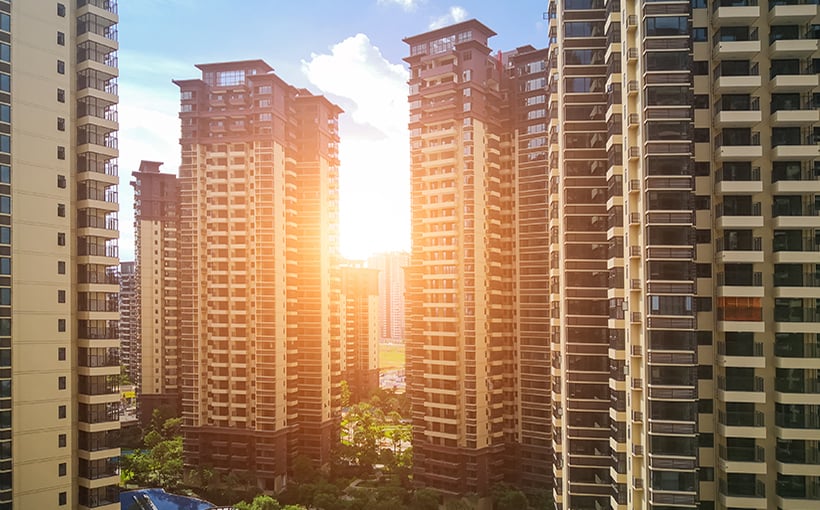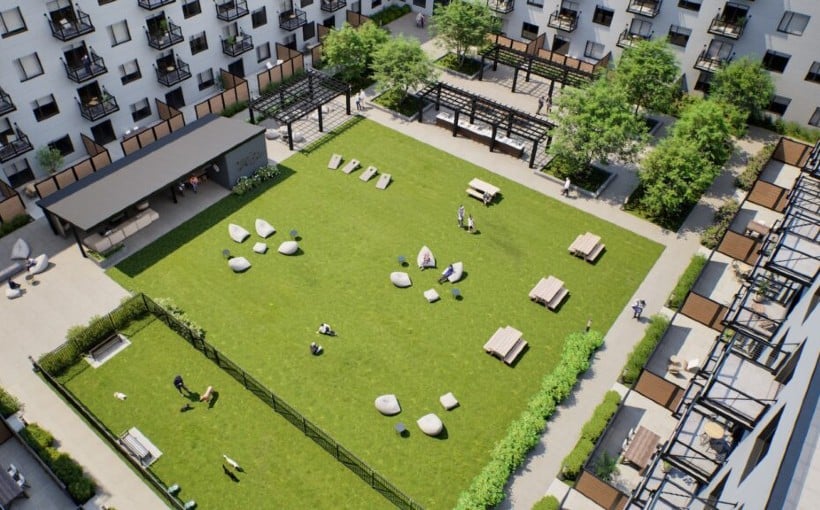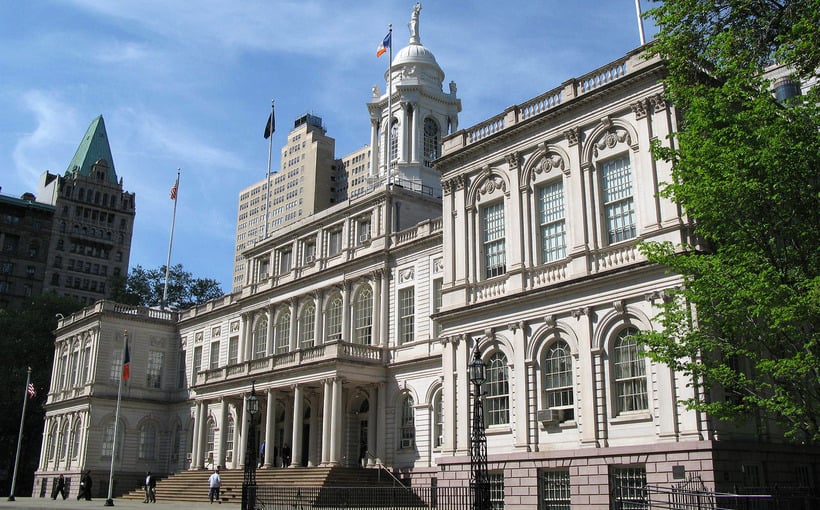During the height of the pandemic and even in its aftermath, many people left city centers in search of less crowded areas and a sense of safety from the virus. As a result, real estate investors shifted their focus to exburbs and suburbs for residential properties. This led to an assumption that investing in central business district (CBD) housing was not worthwhile.
However, five years later, these same assumptions about urban multifamily housing persist. In response to this misinformation, Cushman & Wakefield released a report titled “Urban Comeback: Exploring the Post-Pandemic Resurgence of CBD Multifamily Living,” which aims to dispel five myths about urban multifamily housing.
Myth #1 – CBDs are Losing Population
One common belief is that rising crime rates have caused businesses and individuals to flee downtown areas for safer suburbs. However, data shows that outmigration from city centers actually began decreasing in 2023 while crime rates have been on a downward trend since then.
Cushman & Wakefield analysts note that population growth has contributed significantly towards revitalizing neighborhoods and increasing foot traffic back into cities. While foot traffic is still below pre-pandemic levels by around 20%, it has shown significant recovery since its lowest point during the pandemic.
Myth #2 – Renters Prefer Suburban Living
While there was an increase in demand for suburban apartments during three consecutive quarters at the end of 2020 and beginning of 2021, data shows that overall demand for CBD apartments has been consistently higher than suburban apartments since 2000 according to Cushman & Wakefield analysts.
They also acknowledge some figures may be skewed due smaller inventory available within CBDs but state “the data clearly demonstrates strong demand for downtown living.”
Myth #3 – Suburban Apartment Fundamentals Are Healthier
This myth stems from long-term trends showing lower vacancy rates within suburban apartment markets compared with those located within city centers. However, since the midpoint of 2023, CBD vacancy rates have been mostly in line with suburban rates and are currently hovering in the high single digits.
Myth #4 – CBDs Are Too Expensive
While average rent prices for CBD apartments may seem staggering at around $3,000 per month, it’s important to consider that this figure only accounts for about 45% of a household earning the median income (roughly $80,000 annually). Additionally,
the growing population of affluent renters is driving up demand for high-end urban apartments. In fact, by 2024 renters living in high-rise properties within city centers were earning an average annual income over $150k resulting in a lower rent-to-income ratio compared to their suburban counterparts.
Myth #5 – Capital Markets Favor Suburbs
The belief that suburban apartment markets consistently outperform those located within city centers has led to an influx of capital into these areas and narrowed the price gap between them. However,
in recent years there has been a shift towards investing in urban cores as they have shown greater resilience during market declines compared with suburbs.
In addition to this trend shift towards investing back into cities due improving fundamentals and relatively low pricing levels below replacement costs make now an opportune time invest according Cushman & Wakefield analysts.



